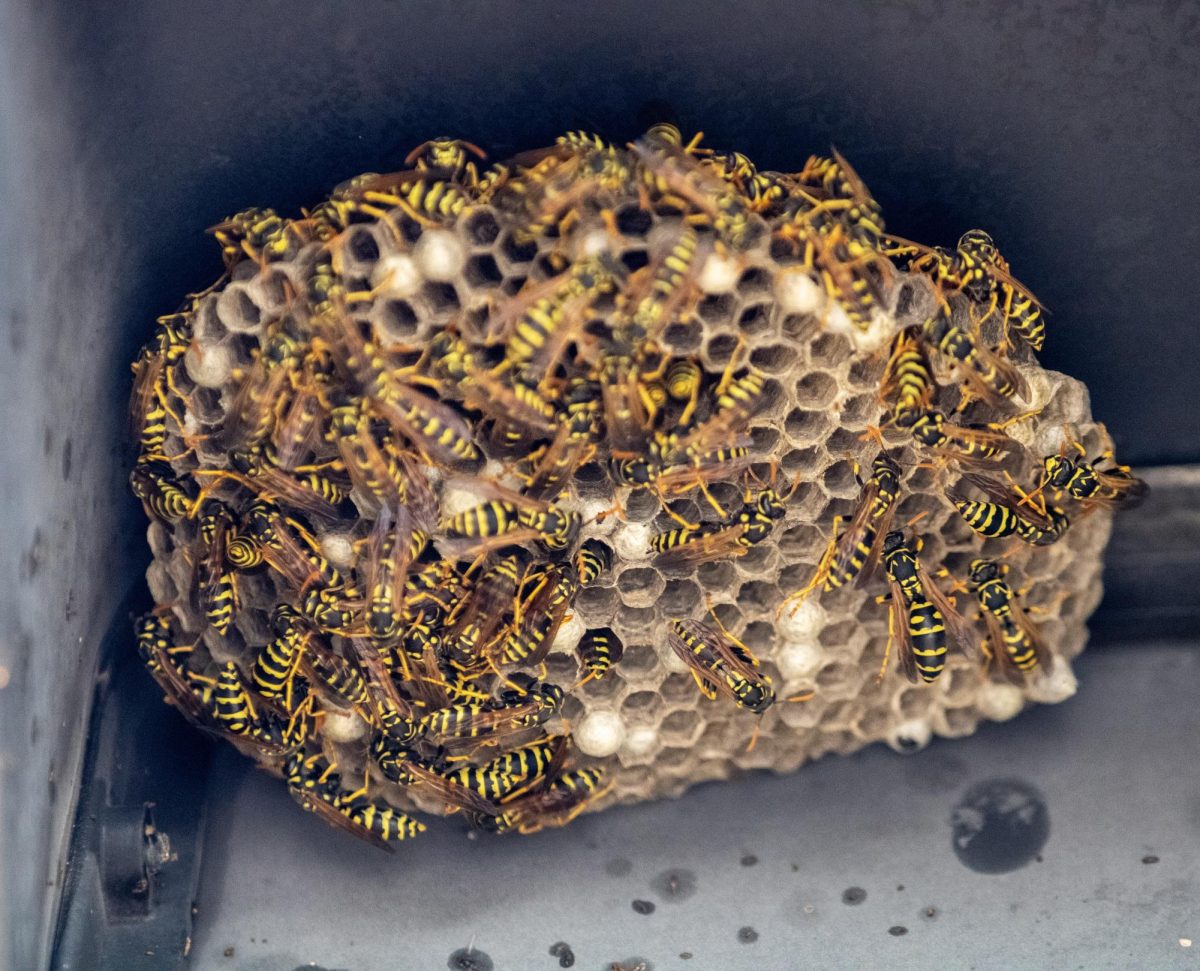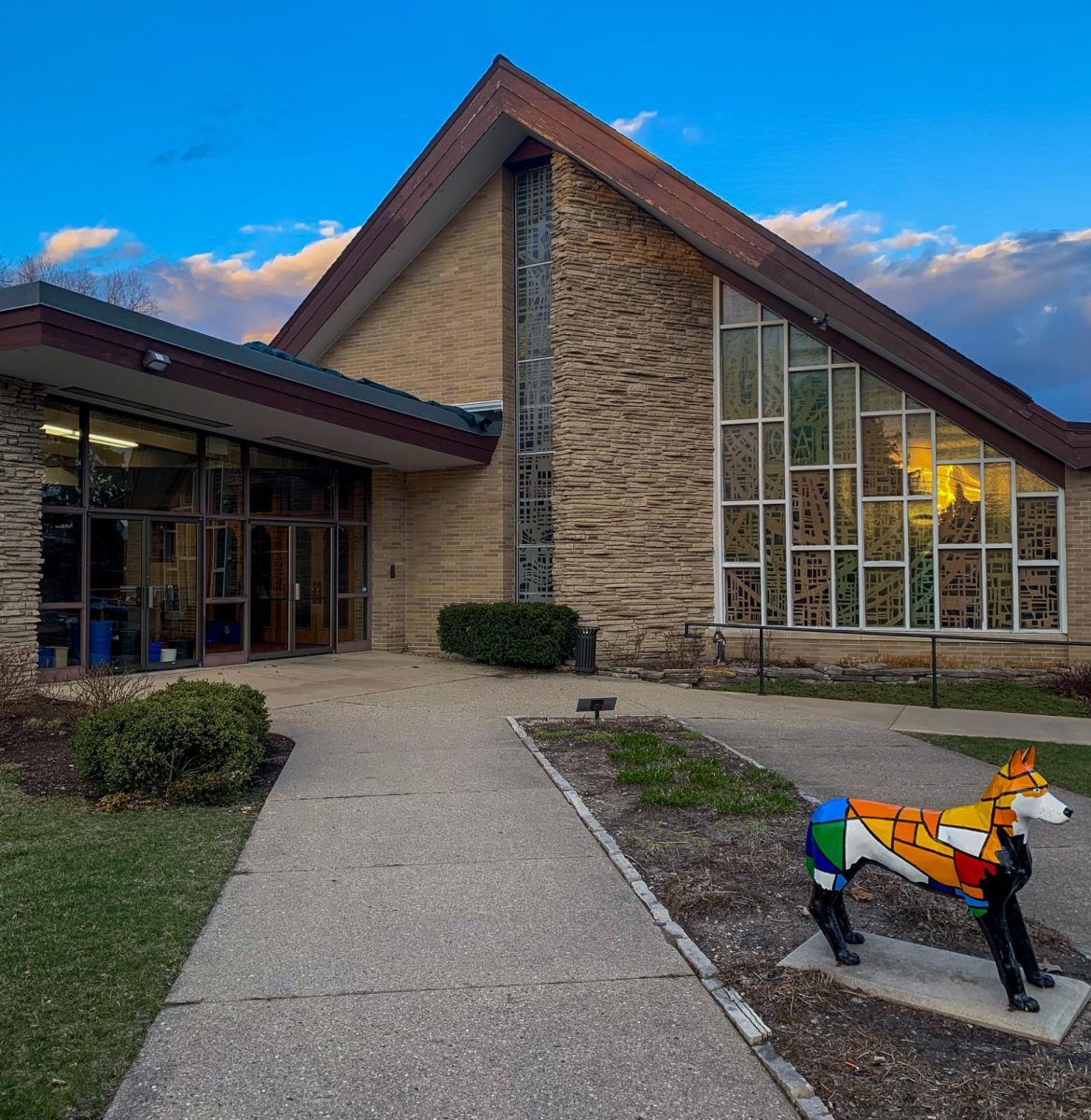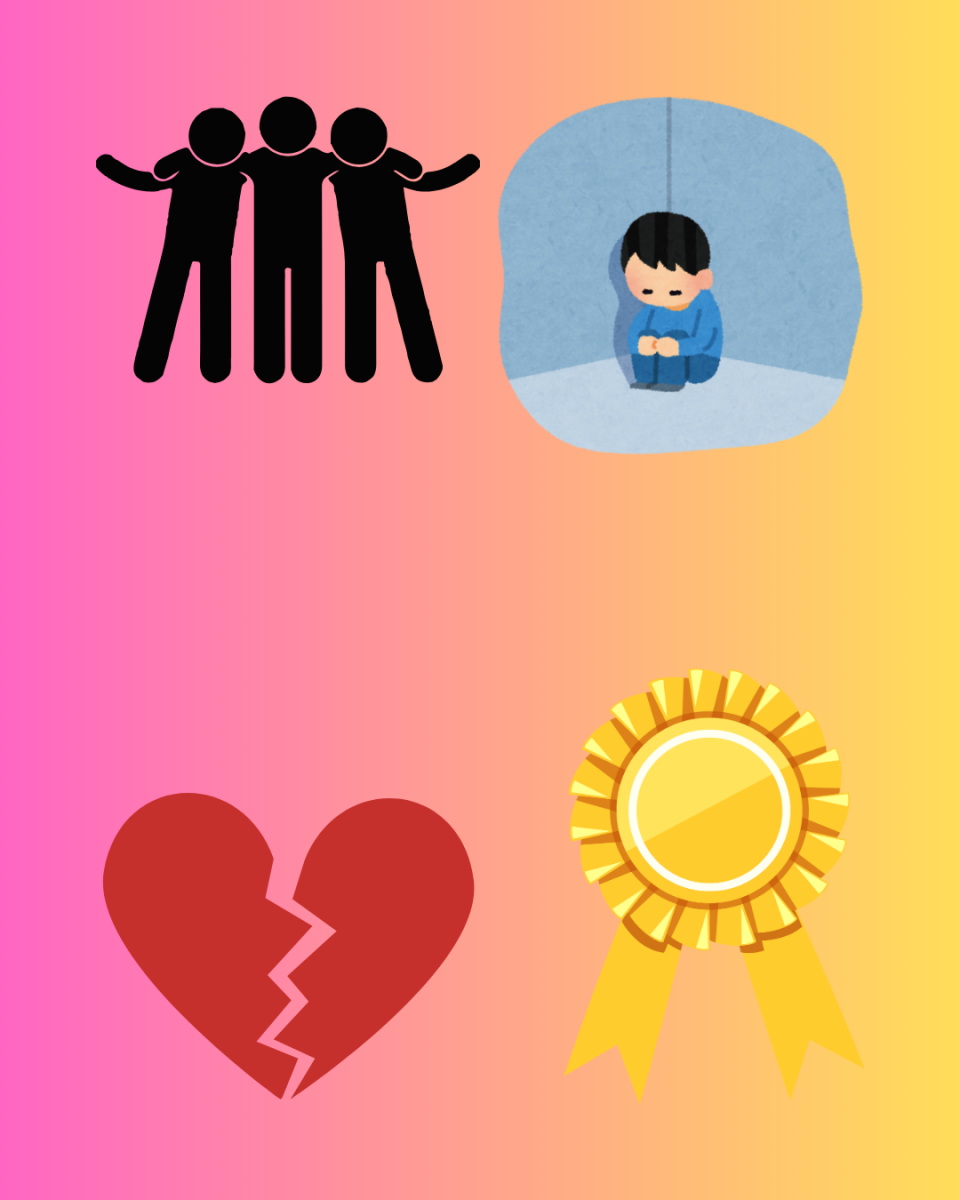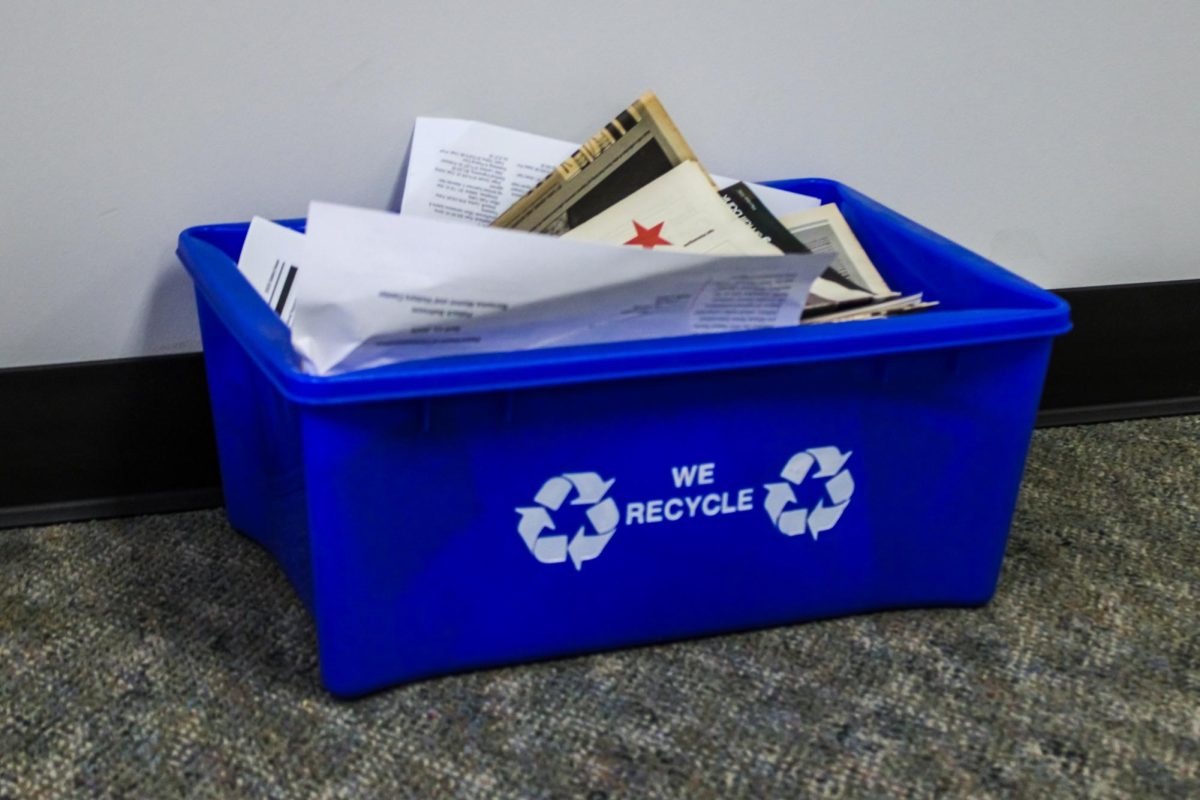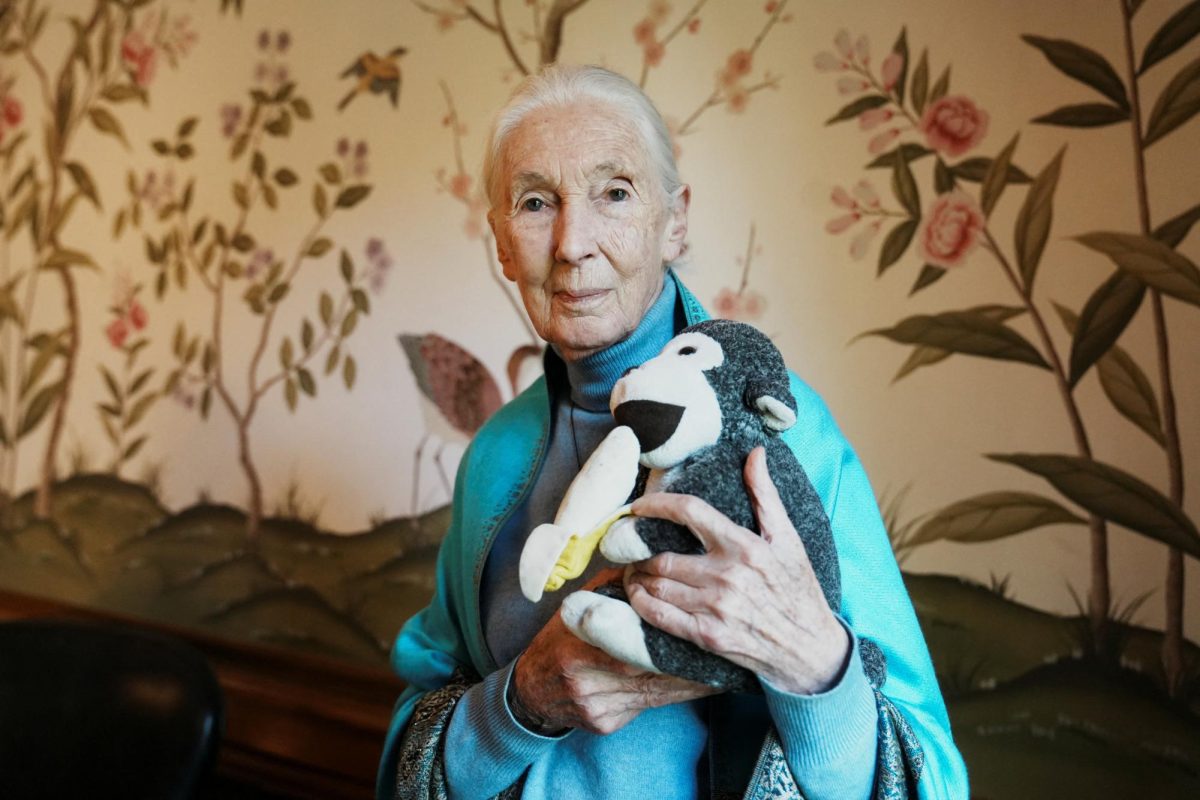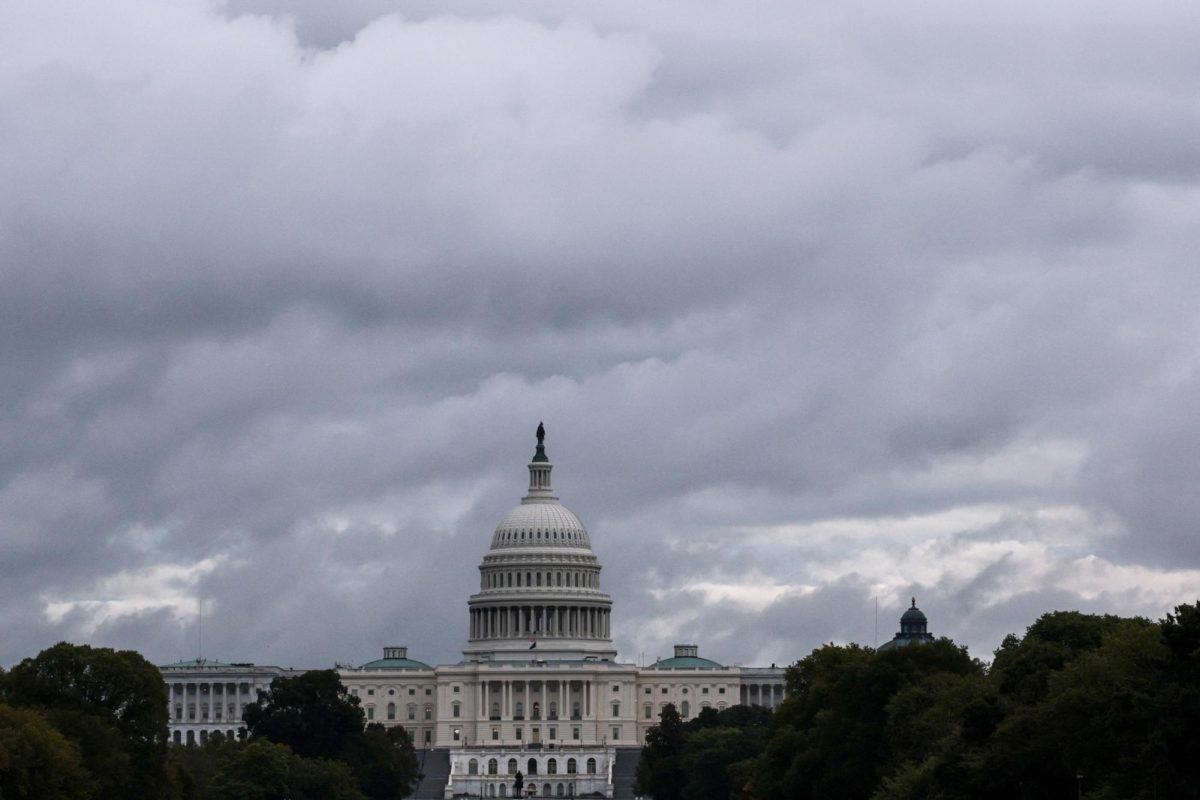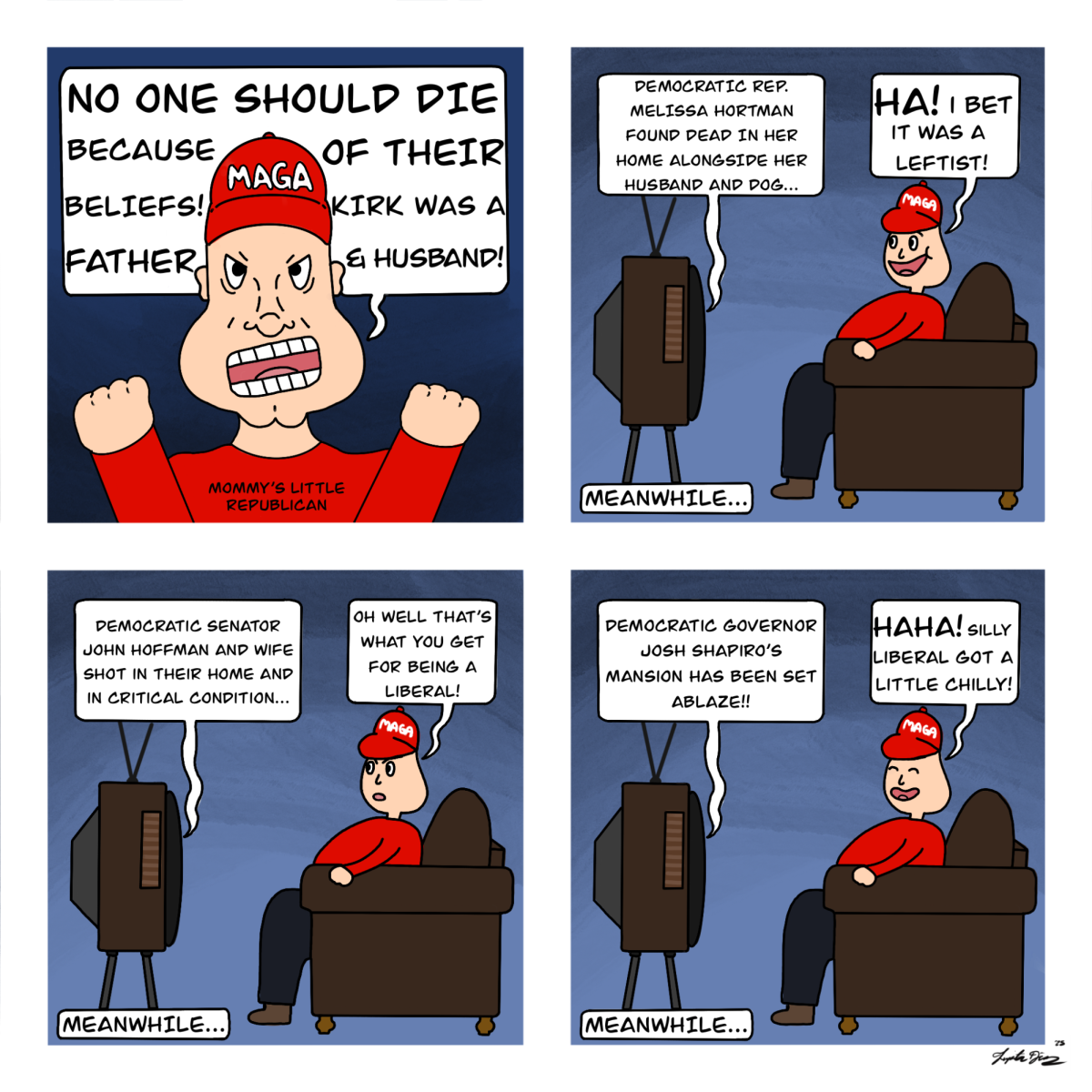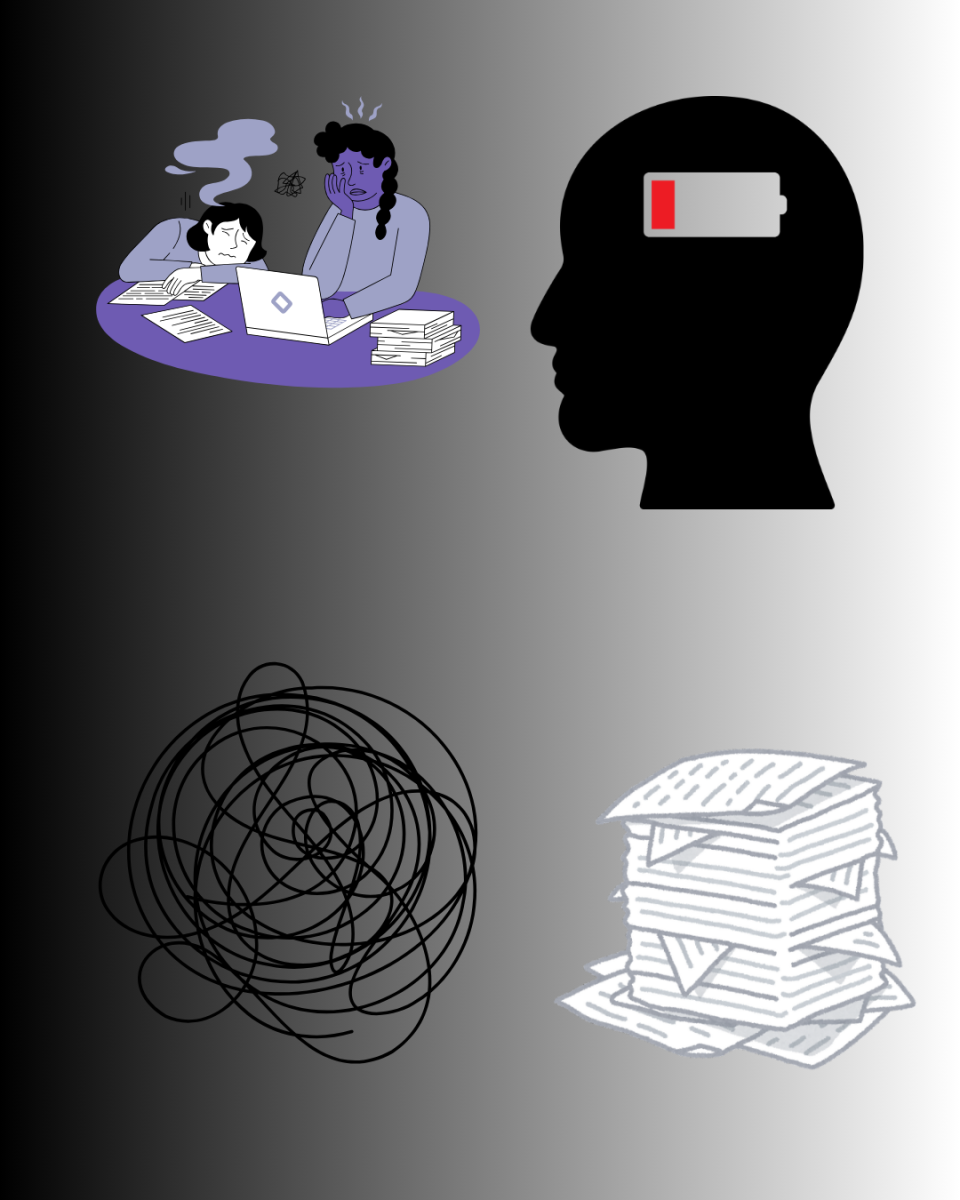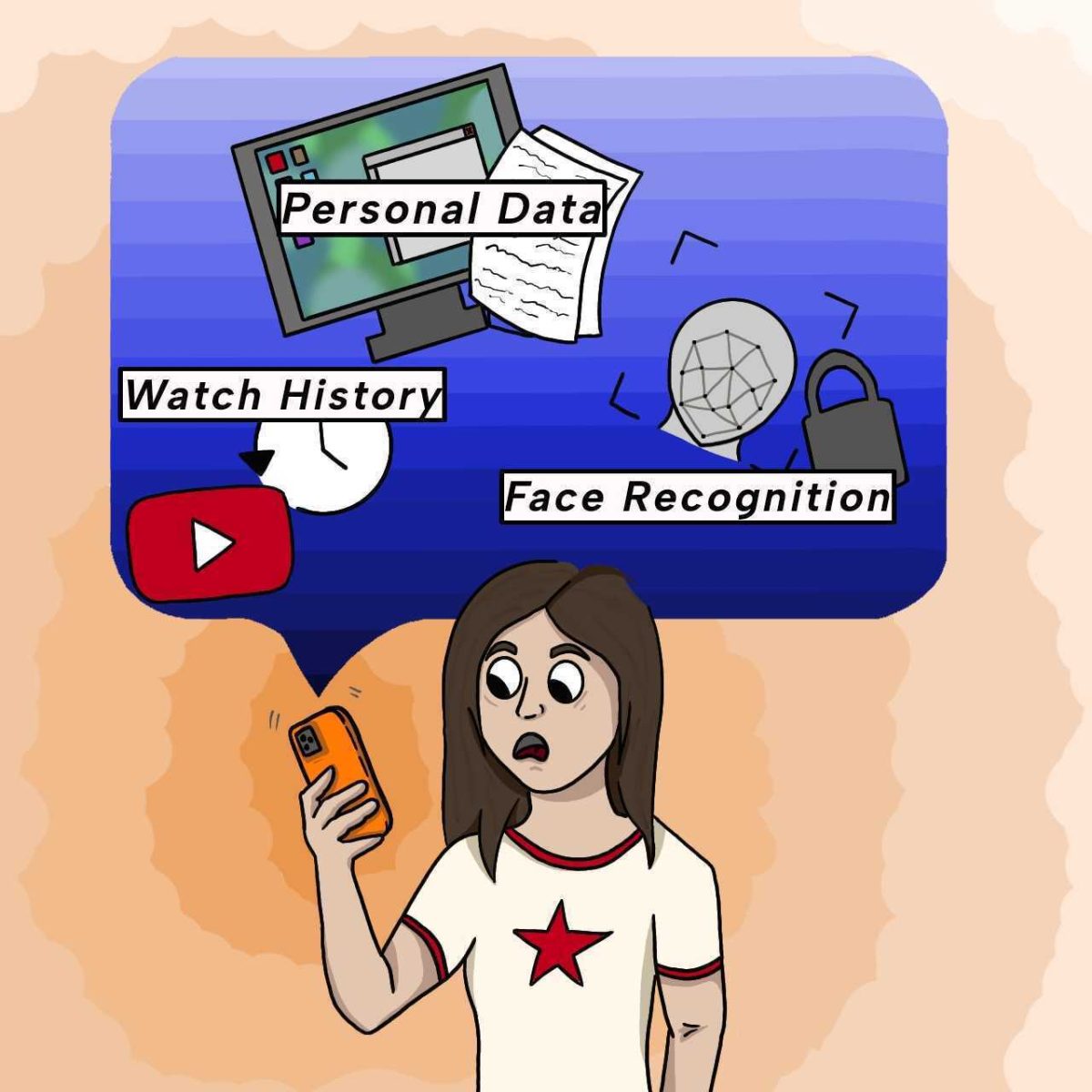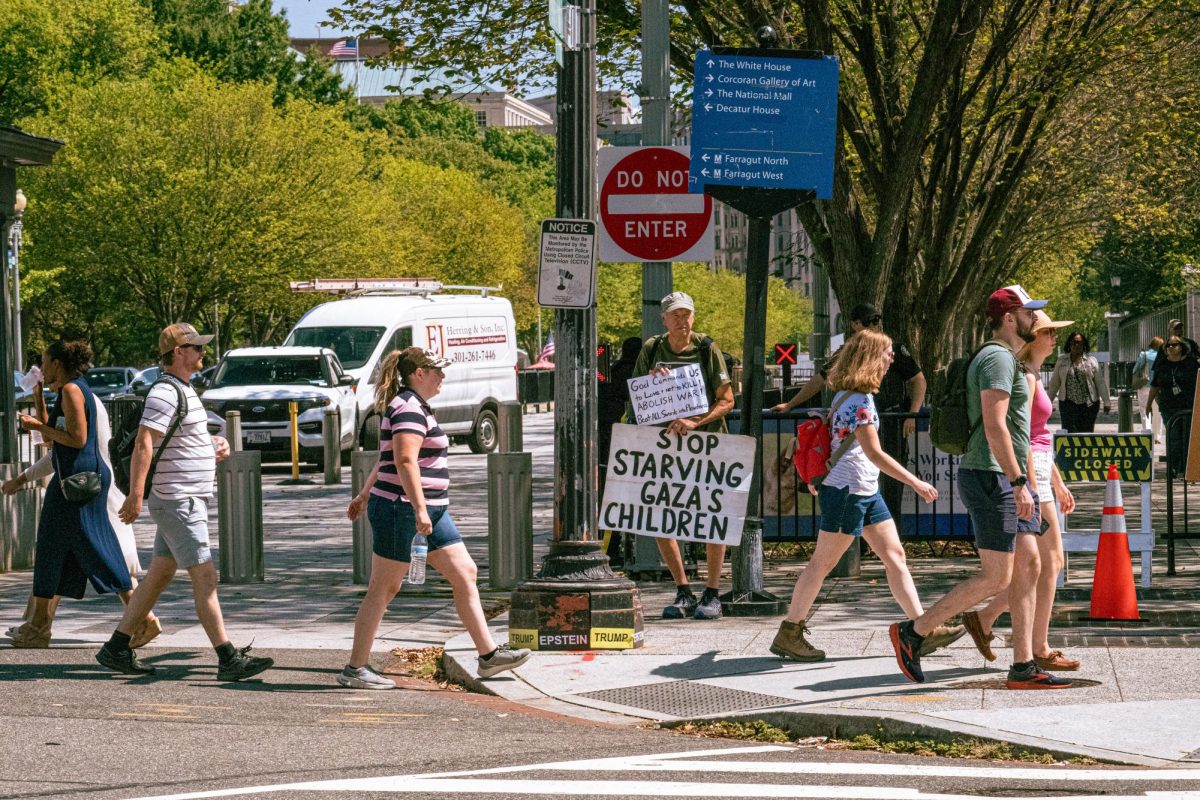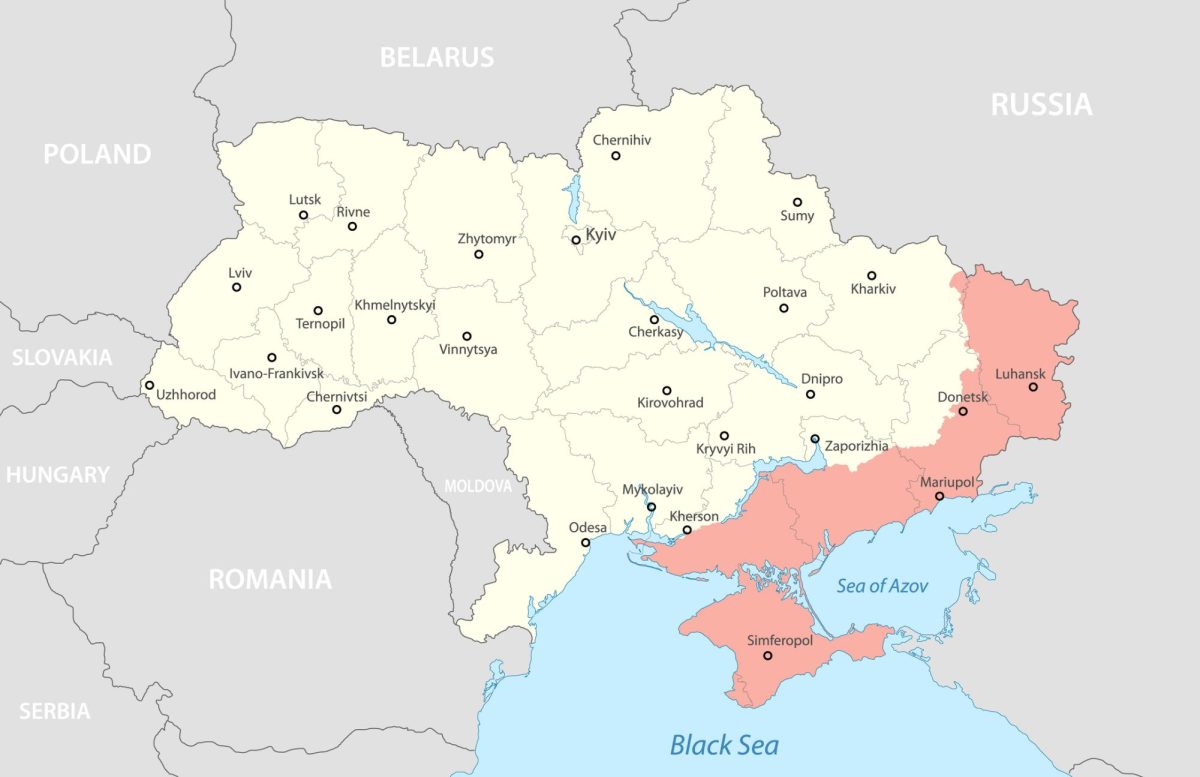Autumn has always seemed bitterly beautiful to me, lovely in its colors but harrowing in the life it escorts away.
In Alaska, autumn smells spectacular but gets swiftly cold, often taking its inhabitants by surprise when it arrives.
Tiny birch bark shield bugs will start lethargically peering through my window from the chilly outside, breaking my heart.
Chunky ground beetles and soft-faced daddy long legs — who wander across my bedroom floor all summer — will slowly fade from sight, and I will miss them.
But autumn smells too good to let the circle of life stop you from spending time outside, and during the fall of my senior year of high school I discovered the unique joy of climbing to the roof of my house to read books on its spruce needle-covered surface.
One evening, I had been seated up there locked into a romance novel when a clumsily-flying yellow jacket landed suddenly on my chest, just above my heart.
My immediate response was frozen panic. After all, my perception of yellow jackets was undoubtedly scarred by memory of the wasps who’d crawled up my sister’s shorts in elementary school.
To be one second watching baby robins from a totally-not-suspiciously-buzzing rock and the next second limping home crying is certainly one way to ruin an afternoon at the playground.
But the wasp on the roof didn’t sting me. She slowly pawed at my chest for a few moments, curled up, and apparently – died.
I waited comically still for several minutes before moving the wasp to a fallen leaf bed. She seemed so innocent now. I could admire the delicacy of her segmented antennae and the bright lemon color of her body.
Watching her put me in a state too pensive and dramatic for comfort – even for reading romance – so I crawled off the roof, abandoning the tiny, stinger-endowed body to slumber alone.
This little creature was one of nature’s bullies.
She preyed on bugs unfortunate enough to be in her path, including her honey-making cousins. I still resent yellow jackets – in fact – for casually flying off with a chubby caterpillar I’d been admiring one summer day, its jaws buried in the baby butterfly’s squishy back.
She could sting other animals as many times as she pleased, and she was fiercely aggressive about protecting her colony.
She was considered by people as one of the meanest bugs, one of the sharpest edges in the invertebrate family. Fear of her is an understandably common phobia.
But with the change of seasons, with age, with tiny, natural tragedies, even this fiercest, most vicious animal became desperately vulnerable.
I know now there’s a chance the wasp wasn’t even dead, but attempting to hibernate. Yellow jackets get more lethargic in cold weather and hide away until spring.
I also know that I will continue to flap my arms wildly and sprint away when I am buzzed by wasps. My instinctive prejudice against them is far from conquered.
But whenever I see a wasp or another creature labeled as cruel, I do try and give it the benefit of the doubt. I try to stop my initial reaction from being ‘this creature wants to hurt me.’
And next time life forces me to be vulnerable, whether I cry, scream, or lash out with a sharp tongue – I hope someone will give me the benefit of the doubt too.


